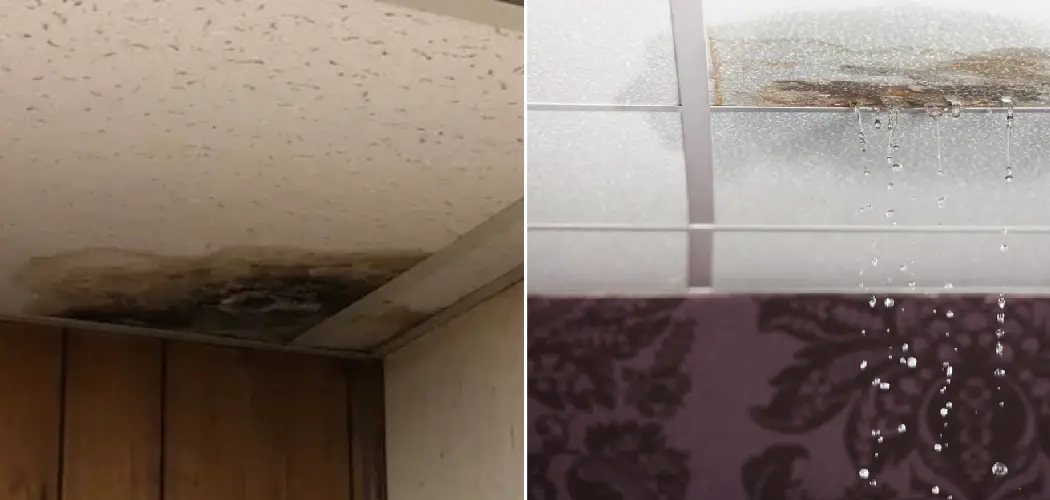Water leaks in basement ceilings can be frustrating and damaging. They can cause structural damage, mold growth, and other problems that can compromise the integrity of your home. However, finding the source of a water leak in your basement ceiling can be a challenge.
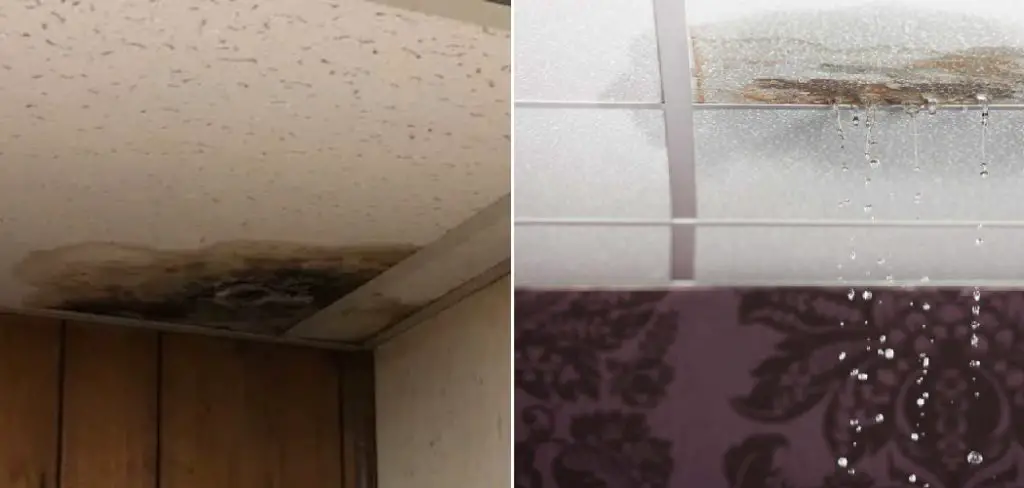
It’s not always easy to determine where the water is coming from, especially if the leak is hidden behind walls or in hard-to-reach areas.
Fortunately, there are several methods you can use to find the source of a water leak in your basement ceiling. From inspecting pipes and roofs to using moisture meters and thermal cameras, these methods can help you pinpoint the problem quickly and effectively.
In this article, we will discuss some methods on how to find source of water leak in basement ceiling that can help you locate the source of a water leak in your basement ceiling, so you can take steps to repair and prevent future damage.
Why Is Water Leaking through My Basement Ceiling?
When water starts to leak through your basement ceiling, it can be quite a shock. It’s important to identify the source of the water as quickly as possible in order to prevent further damage and costly repairs. The most common sources of basement ceiling leaks are plumbing pipes, roof drains, HVAC units, or poor drainage around the foundation of your home.
When you are trying to find the source of a water leak in your basement ceiling, it is important to keep an eye out for any signs or indications that might indicate where the water is coming from. For instance, if you notice any discoloration on the ceiling surface, this could be an indication that there is a plumbing pipe or roof drain that is leaking.
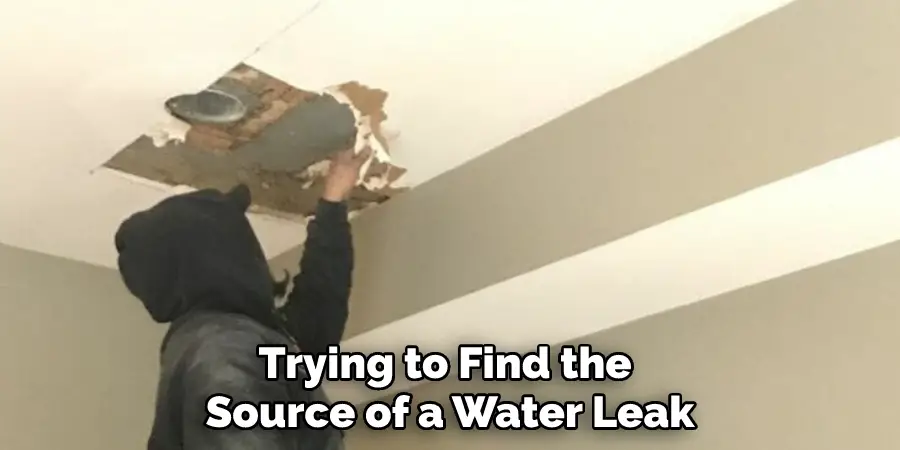
If the water appears to be coming from the walls, then it could be an indication of inadequate drainage around your foundation. Additionally, if there are any cracks in the ceiling, this could indicate that a HVAC unit is leaking and needs to be repaired or replaced.
Once you have identified the potential source of the leak, it is important to take steps to repair or replace any affected pipes and drains. Additionally, you should make sure that the drain system around your foundation is properly functioning so that water can be diverted away from your basement ceiling. By taking these steps, you can help prevent further water damage in your home and also minimize costly repairs in the future.
10 Methods on How to Find Source of Water Leak in Basement Ceiling
1. Look for Visible Signs of Water Damage
The first step in finding the source of a water leak in your basement ceiling is to look for visible signs of water damage. Look for water stains on the ceiling, walls, or floors, and inspect the surrounding areas for signs of moisture. Water stains can indicate where the leak is coming from and how severe it is.
If the water damage is localized, it may be easier to locate the source. However, if the damage is widespread, it may be more difficult to pinpoint. While doing this, also inspect any surrounding pipes for signs of leaks or other damage.
2. Check the Pipes
Water leaks can often be traced back to faulty pipes. Check all the pipes that run through your basement ceiling, including water supply pipes, drainage pipes, and HVAC pipes. Look for signs of corrosion, rust, or cracks, which can indicate a leak. Be sure to check the joints between pipes, as this is a common area of leakage.
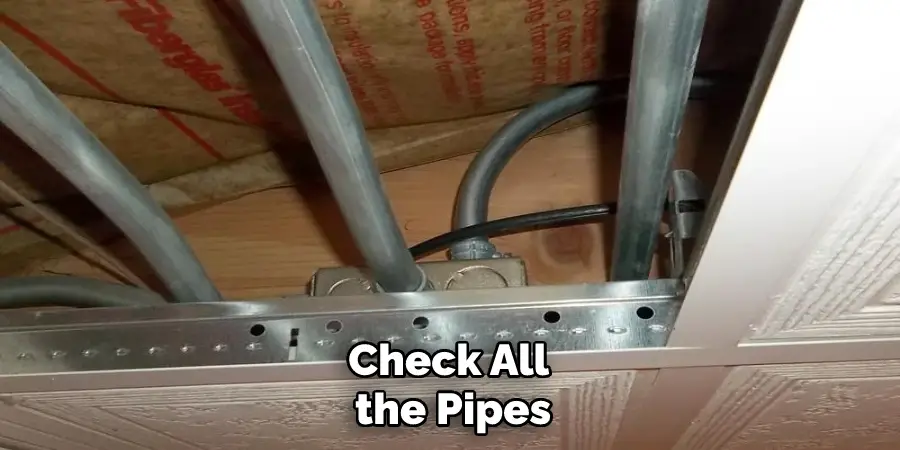
If you find any faulty pipes, it may be necessary to replace them to prevent further damage. While you may be able to make the repairs yourself, it is usually best to call a professional plumber. To make sure the job is done properly, have them inspect all of the pipes in your basement ceiling.
3. Inspect the Roof
If your basement is below ground level, a leak in the roof could be the source of your water problem. Inspect your roof for missing shingles, cracks, or other damage that could allow water to penetrate. If you find any issues, hire a professional roofer to repair the damage. If the damage is extensive, you may need to replace the entire roof.
Although this is a costly solution, it will be much more expensive to repair the damage caused by a leaking roof. Though a professional can help you identify the source of a roof leak, it is always best to take preventive measures and inspect your roof regularly for signs of damage.
4. Check the Gutters and Downspouts
Clogged gutters and downspouts can cause water to back up and overflow, leading to water damage in your basement. Inspect your gutters and downspouts for debris, and clean them out if necessary. Make sure that your downspouts are directing water away from your home.
If the problem persists, you may need to add extensions to move them further away from your house. Although it can be a time-consuming job, regular cleaning and maintenance of your gutters and downspouts can help prevent water damage to your basement in the future. When cleaning your gutters and downspouts, you may also be able to spot the source of your leak.
5. Use a Moisture Meter
A moisture meter is a device that measures the amount of moisture in a material, such as drywall or wood. You can use a moisture meter to detect hidden water damage in your basement ceiling. Simply press the pins of the moisture meter into the drywall or wood, and read the meter to determine the moisture content.
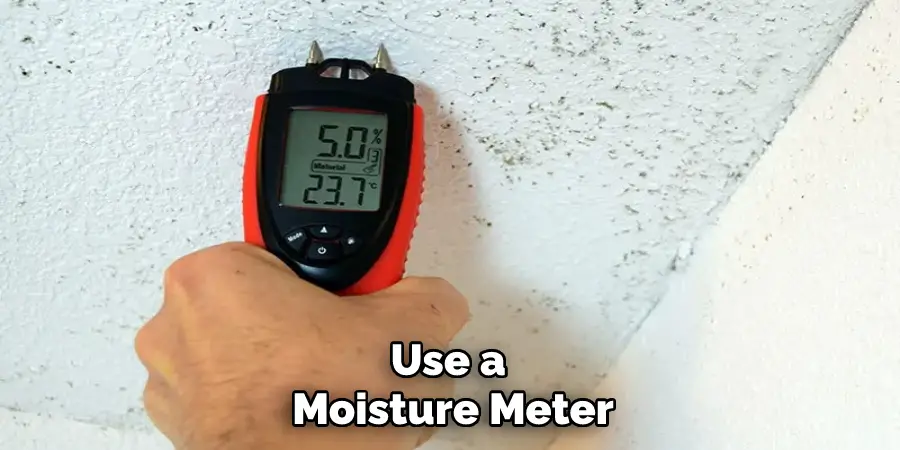
If you detect moisture, there is a water leak in the ceiling that needs to be addressed. However, be aware that a moisture meter may not detect very small amounts of water, so you should use other methods in addition to the moisture meter.
6. Conduct a Water Test
If you can’t find the source of the leak, you can conduct a water test to help you pinpoint the problem. To do this, turn off all water sources in your home and record your water meter reading. Wait for an hour or two, and then check your water meter reading again. If the reading has changed, you likely have a leak somewhere in your home.
Once you determine the source of the leak, you can begin to repair it. However, if the leak is in your basement ceiling, you may need to call a professional plumber to investigate further. A professional can help assess the extent of the damage and determine the best course of action for repairing the leak.
7. Use a Thermal Camera
A thermal camera can detect temperature differences in your basement ceiling, which can help you locate the source of a water leak. The camera will display areas of higher temperature, which could indicate a leak or moisture problem. You can use this tool to pinpoint the exact area of the water leak.
Make sure to wear protective gear, including a face mask and gloves, when using a thermal camera. If you find the source of the leak, be sure to take pictures or video footage before repairing it. This will help ensure that you know exactly what to do when it comes time to repair the leak.
8. Look for Mold
Mold is a common sign of water damage and can indicate the location of a water leak. Look for mold on the ceiling, walls, and floors of your basement, as well as on any exposed pipes or ductwork. If you find mold, hire a professional mold remediation company to remove it. If there’s no visible mold, you should still have your basement tested for mold spores.
9. Call a Professional
If you’ve tried all of these methods and still can’t find the source of the leak, it’s time to call a professional plumber or water damage restoration company. These professionals have the equipment and expertise to locate and repair water leaks quickly and effectively.
They can also help make sure the area is properly dried and repaired to prevent future water damage. The cost of professional services will vary depending on the severity of the leak and any necessary repairs. However, it will likely be well worth the cost to avoid further damage to your home.
10. Prevent Future Water Damage
Once you’ve located and repaired the water leak in your basement ceiling, it’s important to take steps to prevent future water damage. Make sure that your gutters and downspouts are clean and functioning properly, and consider installing a sump pump or other waterproofing system in your basement to prevent future flooding.
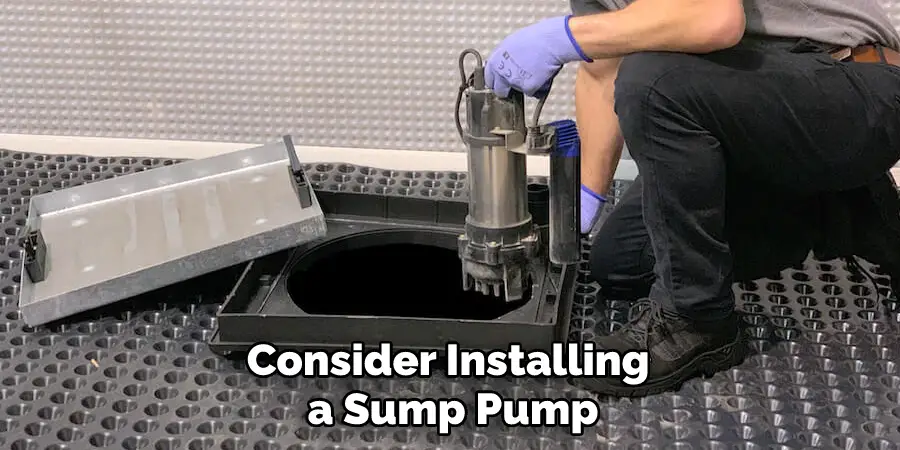
Conclusion
Ultimately, finding a source of water leaks in your basement ceiling can be daunting. However, with the right tools and by following our consecutive steps of organization and investigation, you’ll have a much better chance of success. It might take some time to find the source of the water leak in your basement ceiling, but it can be done.
When you’ve found it, make sure to take care in patching up the hole, replacing any insulation that may have been damaged, as well as adding additional waterproofing if needed. Thanks for reading, and we hope this has given you some inspiration on how to find source of water leak in basement ceiling!

